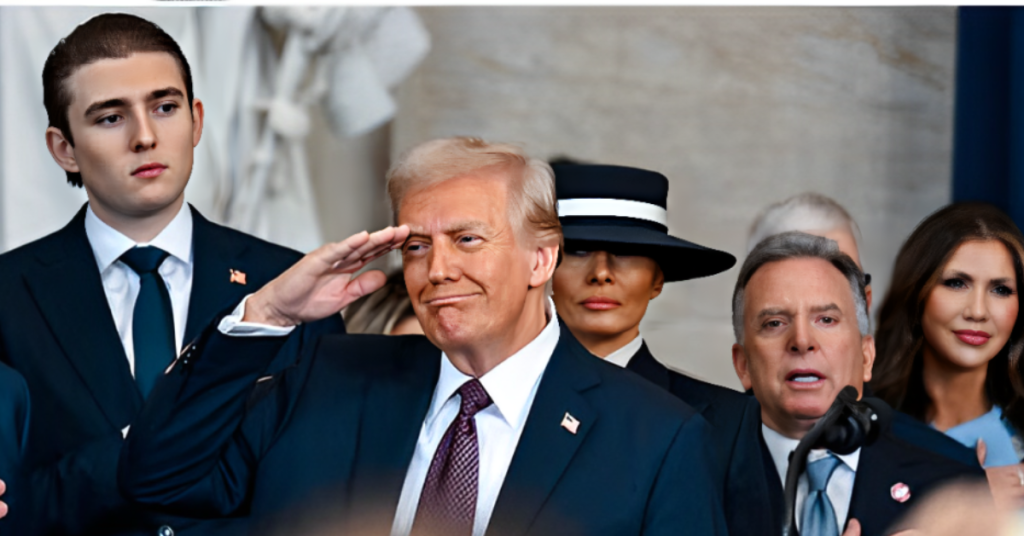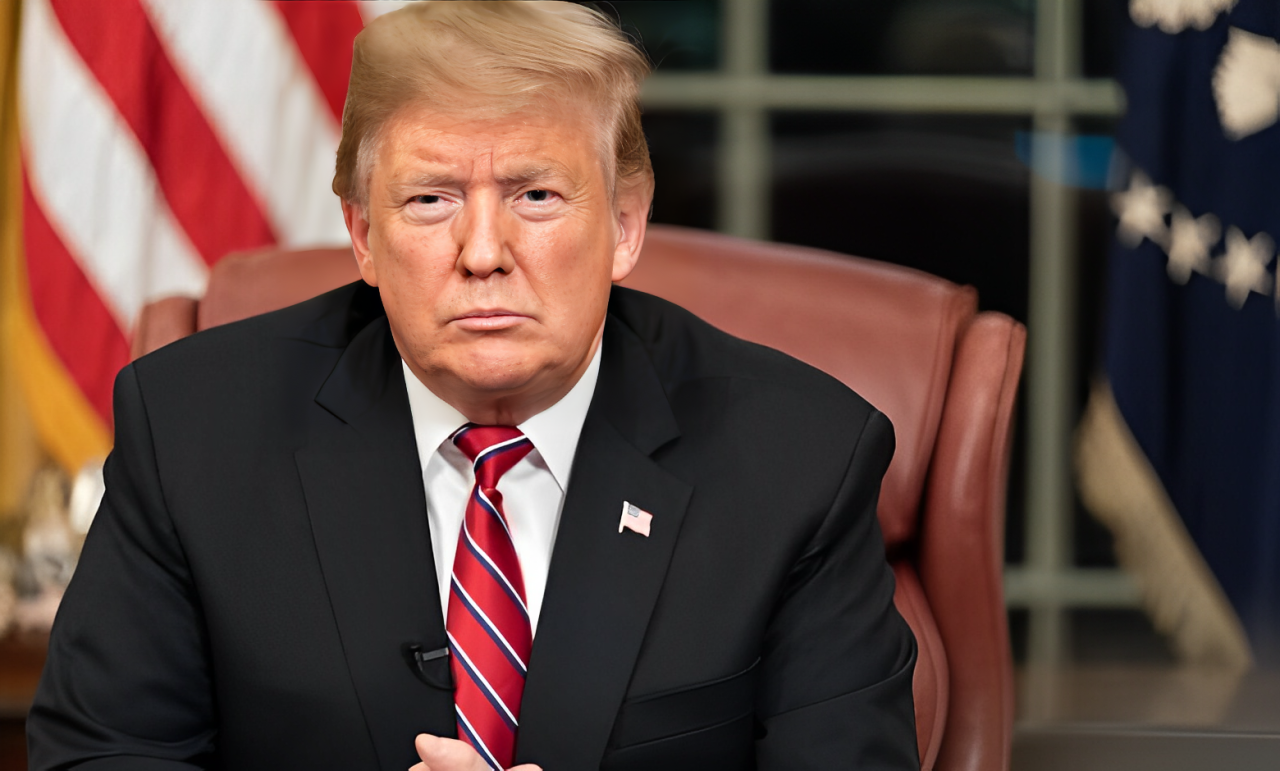President Donald Trump signed an executive order that temporarily halts all offshore wind leases in federal waters. This decision also impacts onshore wind projects, as it will pause approvals, permits, and loans for both onshore and offshore wind energy developments.
As part of this executive order, the Secretary of the Interior has been assigned the task of conducting a thorough review of how wind energy projects are leased and permitted on federal lands and waters. The review will assess several factors, including the potential environmental impact of wind energy on wildlife, the economic costs of its unpredictable electricity generation, and the role that government subsidies have played in supporting the industry.
The Importance of Wind Energy in the U.S.
Wind energy is a crucial part of the U.S. energy landscape, currently making up 10% of the country’s total electricity generation. It is the largest renewable energy source in the United States. According to the U.S. Department of Energy, wind power generated a staggering 425 billion kilowatt-hours of electricity in 2023. This amount of energy is enough to power more than 46 million homes, as reported by the American Clean Power Association.
However, the development of wind energy has come at a cost. The federal government has spent $18.7 billion in subsidies between 2016 and 2022 to support the wind energy sector. This financial assistance, as noted by the Competitive Enterprise Institute, has been critical to the growth and continued expansion of wind power in the U.S.
The Trump Administration’s Stance on Wind Energy

The executive order signed by President Trump builds upon a draft proposal introduced earlier this month by Republican Representative Jeff Van Drew of New Jersey. This draft proposal initially targeted offshore wind projects but was expanded in the final executive order to include onshore wind projects as well. By doing this, the Trump administration aims to slow down the development of renewable energy sources, particularly wind energy projects, that have seen a significant rise in the past few years.
What Does This Mean for the Future of Wind Energy?
The future of wind energy in the U.S. is now uncertain. The temporary halt on new offshore and onshore wind projects may delay future developments, impacting the ability of the country to expand its renewable energy capabilities. The review being conducted by the Secretary of the Interior will likely take months, during which time no new projects will be able to proceed.
While wind energy plays a vital role in the country’s efforts to reduce its carbon footprint, the new policy reflects the ongoing debate about the balance between supporting renewable energy and addressing its potential costs and environmental concerns.
The U.S. has made significant strides in clean energy development, but with the growing opposition to wind projects, it remains to be seen whether the country can maintain momentum in its push for renewable energy sources. It will be important to watch how this policy unfolds and the impact it will have on the long-term strategy for clean energy.
Disclaimer: This article has been meticulously fact-checked by our team to ensure accuracy and uphold transparency. We strive to deliver trustworthy and dependable content to our readers.

